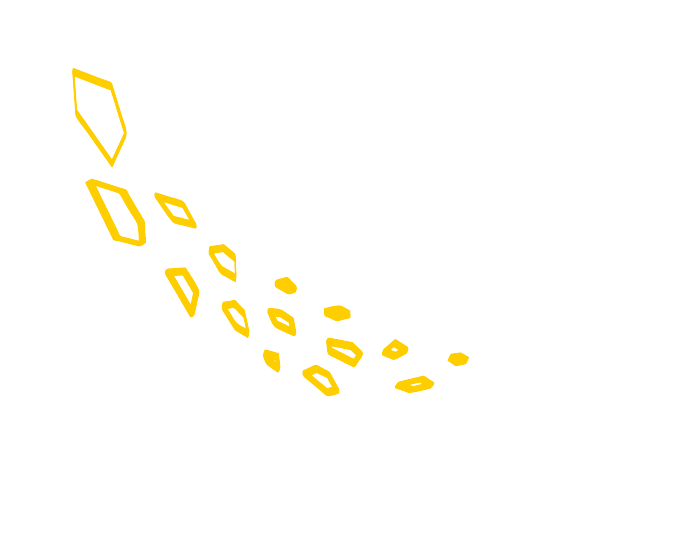Articles
Find out more about our programmes, including research, impact stories and advice from experts.

Displaying 1 - 16 of 305 in total
Find out more about our programmes, including research, impact stories and advice from experts.
